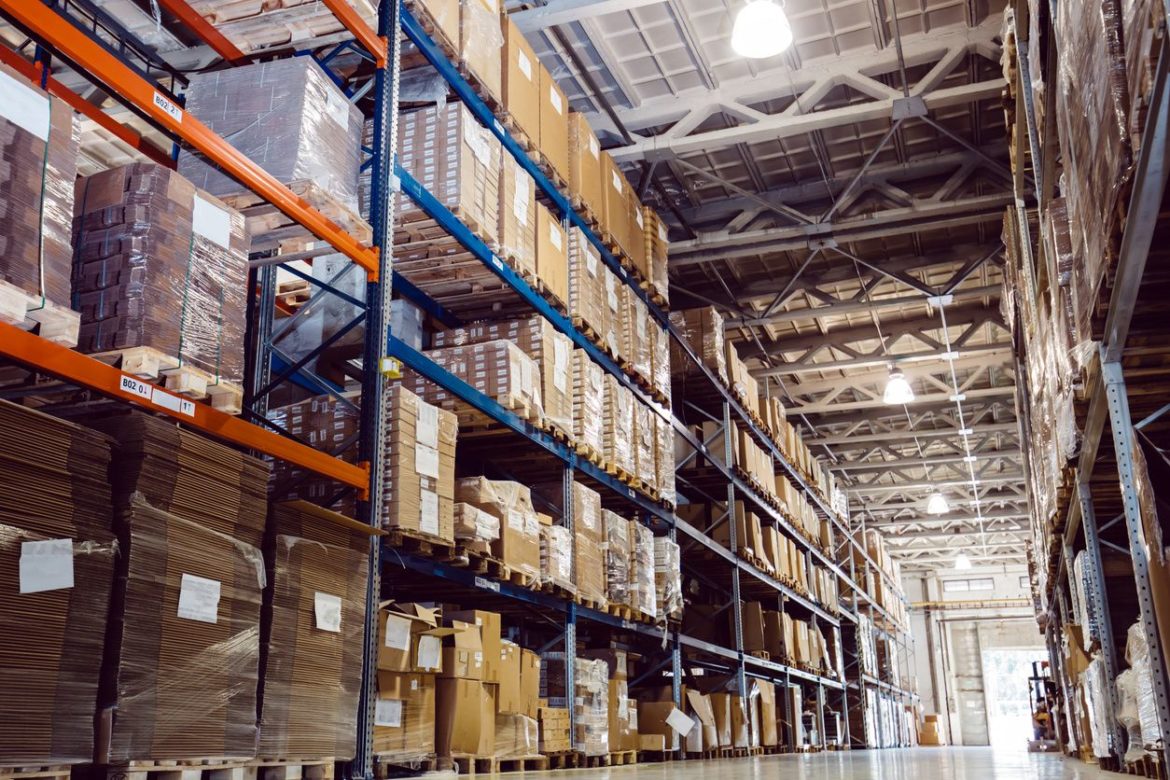Industrial Space Remains Scarce
With more than 240 million square feet of net absorption over five consecutive years, the U.S. industrial space market continues its busiest five year period ever. In addition, the national industrial vacancy rate fell to 4.8 percent for all industrial product, reaching historic lows. With 34 consecutive months of declining availability, the industrial market is the strongest since tracking began in 1988.
Booming U.S. Industrial Economy
Nonetheless, despite concerns in other well-performing sectors of the US economy, the Industrial sector remains strong. Particularly in manufacturing and warehousing, the industrial sector of the economy continues to outpace overall economic growth. Hence, warehouse and industrial space demand is outpacing the available supply of properties.
Limited Supply of Industrial Space
As a result, companies are paying all-time highs per square foot for industrial and warehousing space. Moreover, with continued industrial space vacancy rates below 5 percent, expect asking rents to increase into 2020.
Will Supply Catch Up With Demand?
The biggest question in the industrial real estate market, as a consequence, concerns if the supply of industrial and warehouse space can meet demand. One of the major fears driving down the supply of industrial properties is the cost of labor. Nationally the U.S. construction industry is facing a major shortage of skilled labor. Despite increasing wages, the construction industry has over 300,000 unfilled construction jobs. Consequently, contractors are further increasing pay, benefits, and skills training. Accordingly, general contractors are passing on the increased cost of labor to the consumer. Secondly, anxiety over international trade and the price of raw materials is additionally increasing the price of construction.
Expect to Pay More and Receive Less
In conclusion, the industrial space market is historically firm. For those with existing available real estate, it is a landlord’s and seller’s market. Absent economic upheaval, unless construction and supply of industrial real estate increases, buyers and renters should expect to pay more and receive less.

